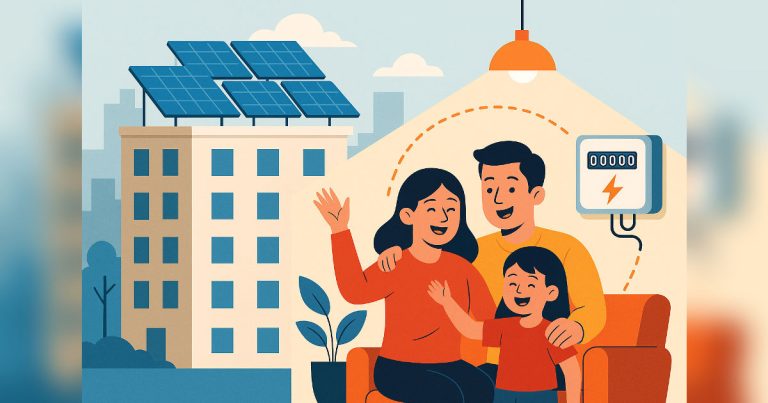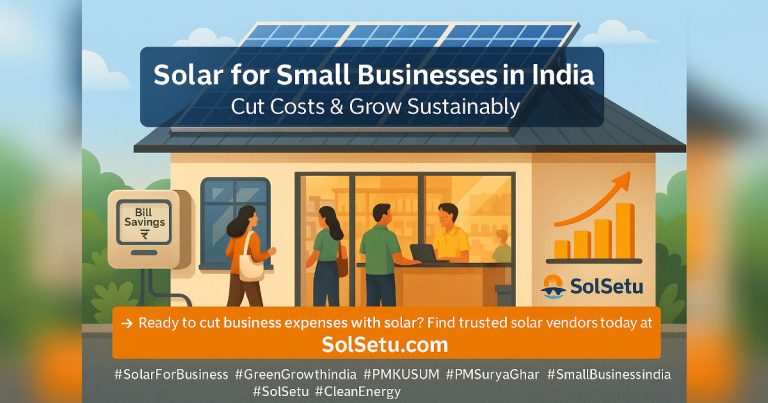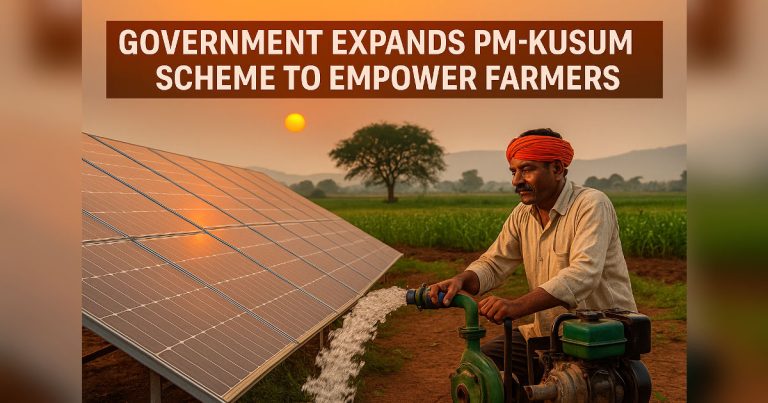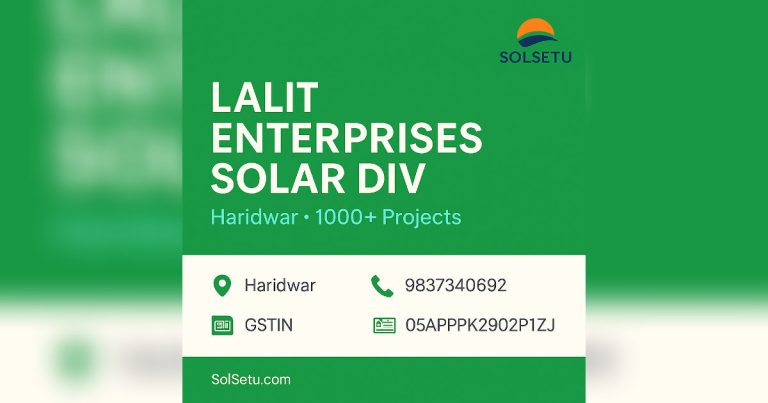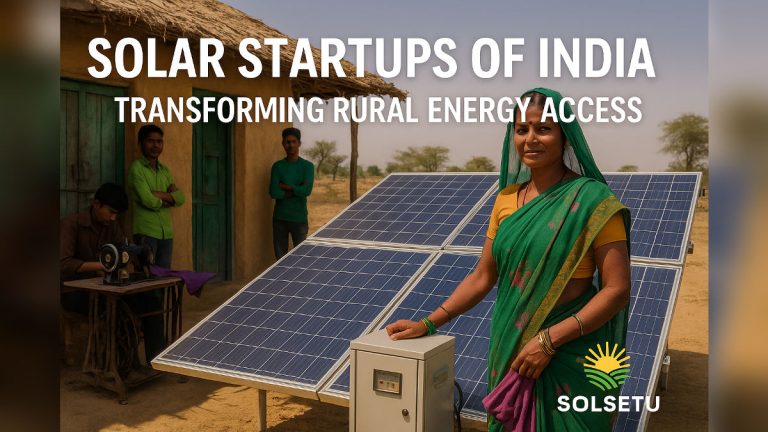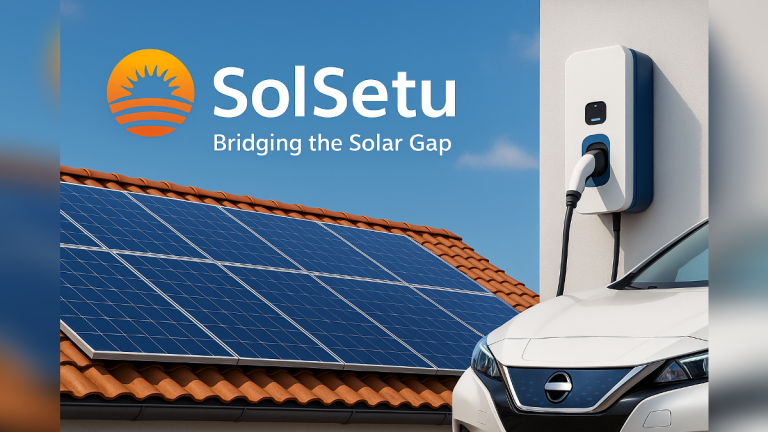India’s Rooftop Solar Boom: How Tier-2 Cities Are Leading the 2025 Adoption Wave — SolSetu

India’s Rooftop Solar Boom: How Tier-2 Cities Are Leading the 2025 Adoption Wave

In 2025, rooftop solar in India is shifting beyond metros — Tier-2 and Tier-3 cities are recording rapid residential adoption driven by focused policy outreach, lower installation barriers, and attractive paybacks for homeowners.
Major drivers include the Pradhan Mantri Surya Ghar implementation in multiple states, concerted DISCOM-level awareness campaigns, and continued declines in module and inverter prices. These forces combined are making rooftop systems simpler to buy, install and maintain for middle-income households.
Lower total costs: Cheaper labour and local supply chains reduce installation quotes; many smaller cities also have accessible permitting and simpler rooftop inspections.
Visible household savings: With state and central subsidies plus net-metering in several states, typical payback windows for a family are often in the 4–6 year range (depending on tariff and subsidy).
- PM Surya Ghar: Central programme implementation and state SIA rollouts have created a pipeline of subsidy-eligible households.
- MNRE rooftop targets: Continued guidance and monitoring from MNRE has encouraged DISCOM participation at the state level.
- Market growth: Industry trackers showed strong residential rooftop additions through H1 & Q2 2025.
- Local service & spares: Maintain same-city service hubs and spare inventory to build trust.
- Transparent financing: Offer EMI options and clearly show subsidy pass-through on quotes.
- Community pilots: Deploy pilot clusters (10–20 houses) for social proof and live bill comparisons.
- DISCOM & panchayat partnerships: Assist households with registrations, net-metering and documentation.
Tip: Vendors that list their local radius, finance partners and verified testimonials on marketplaces get higher conversion rates.
Key challenges include net-metering delays, differing state subsidy rules, and the need to plan for end-of-life panel recycling as installations grow. Addressing coordination with DISCOMs and establishing efficient post-sale service are critical for long-term adoption.
- Confirm subsidy eligibility (PM Surya Ghar / state schemes) with local SIA/DISCOM.
- Obtain 3 itemized quotes showing subsidy pass-through, warranties, and service terms.
- Verify local service hub locations and spares availability for inverter/panel replacement.
- Compare expected payback against current electricity bills and projected tariff increases.

